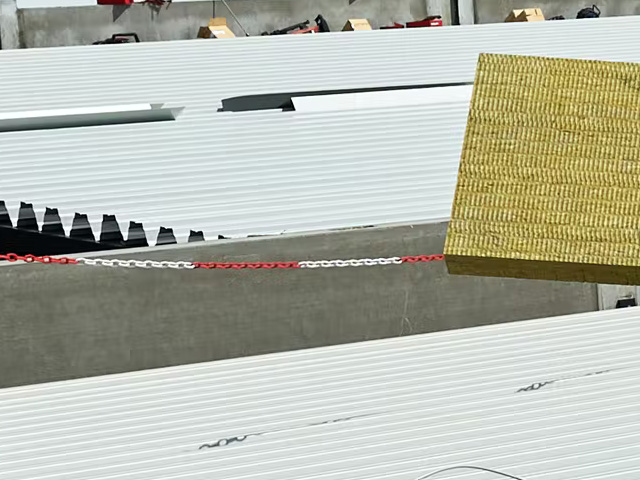Roofing seems a crucial part of any house, building, and construction because, without proper roofing, there might be several issues leading the outer environment to interfere with internal surroundings, so what are you opting for next?
Is it a flat roof, but which is better, a warm or cold flat roof?
Both seem unique based on variations in construction, installation, and the site of insulation that makes the use versatile for different conditions, so to know where and how to use each roof type, follow the handy guide.
Which is Better: Warm or Cold Flat-Roof
Discussing a flat Roof would count for some other types that provide insulation in 02 different ways, referring to the roof as a warm Roof and a cold Roof.
But if you are installing a flat Roof for your home, consider a warm flat roof because it is less costly, easy to install, lowers the risk of thermal bridging, and many more.
Sometimes, a warm roof isn’t best for balconies and flat roof extensions. In that case, you need to go with a cold flat roof.
Review the guide for the fundamental differences, advantages, and why it is better!
What Do You Mean by the Warm Roof?
A flat, warm roof is a flat roof in which the insulation lies above the rafters or on the top of the roof substrate without any ventilation zone.
A warm roof is considered suitable for pitched roofs for providing better thermal insulation and performance at an affordable rate.
What Do You Mean by the Cold Roof?
A cold roof is a roofing system with insulation between the rafters. Users must install a specific ventilation system for a flat roof, ensuring damp air escapes. Replacing the traditional roof with cold ones can be costly.
Differences Between Warm and Cold Flat Roof- The Ultimate Winner
Which is Better Warm or Cold Flat Roof? Both are designed with specific functionalities to provide the desired benefits, but which is better?
Let’s find the significant differences by targeting crucial factors that would help differentiate both types.
Overall Build-up
The cold, flat roofs would allow the passage of outer cold air into the house interior because the insulation between the rafters makes the rafters non-insulated.
The overall build-up is less but with such limitations. For a warm roof, thermal efficiency seems best, but the height increases as the general build-up.
So, for colder regions, cold flat roofs aren’t compatible; instead, opt for warm flat roofs.
Thermal Bridging
The thermal bridging is far more in the cold flat roof than in warm flat roofs and is shown with a thermal camera placed beneath the roof; purplish color rays indicate the cold temperatures with no insulation.
The issue isn’t for warm, flat roofs.
Load Abiding Capability
In this case, the cold roof surpasses because the insulation lies between rafters, and the substrate is already present below the roof coating to make it stable for load bearing.
The warm roof isn’t the case because the insulation is directly below the layer, which might get compressed.
Roof Ventilation
No ventilation is needed for warm flat roofs, but cold ones require a ventilation system corresponding with BS5250.

Cost
The warm Roof installation again surpasses with low cost and ease of installation because they get directly incorporated on flat roofs.
Still, for cold flat roofs, cost increases as the roofing needs to be reopened and insulations placed between rafters. A lot tough and time-consuming.
Conclusion
So, what do you think about a better warm or cold flat roof? It’s evident from the differences that most pros favor the warm, flat roof, but in some conditions, cold ones also provide some benefits.
We hope you get the easiest and quickest fix for your query and can now go with the roof type according to your requirements and current roof conditions.
Follow the site for more updated knowledge to get more handy, informative solutions.

Arthur is a skilled roof worker with over 10 years of experience in the industry. He started his career as an apprentice and worked his way up to become a foreman.
When he’s not working on roofs, John enjoys with his family or writing posts. He is also a passionate cyclist.

